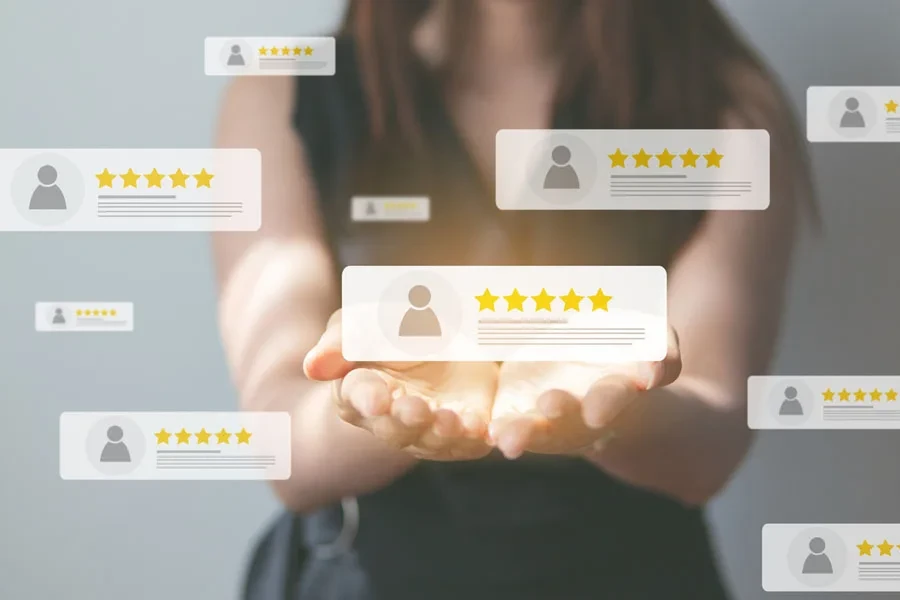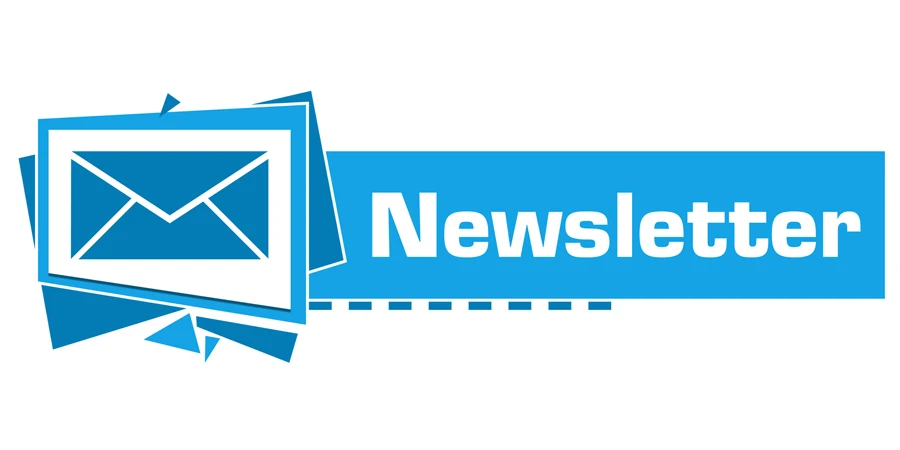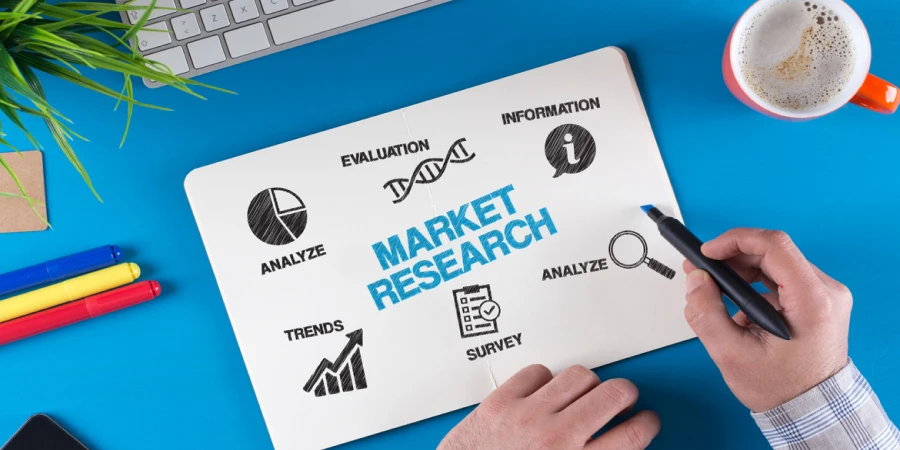Your customers go through a unique journey before buying your products. The journey, which is mapped by a sales funnel, traces checkpoints where your customers interact with your business until they eventually make a sales decision.
Therefore, to build an efficient sales strategy, your sales funnel needs to be perfect. The objective of your sales funnel is to nurture prospects along the different stages of the customer journey until they are ready to convert. In this guide, we will walk through what a sales funnel is, its benefits, and how to build one from scratch.
Table of Contents
What is a sales funnel?
Stages of the sales funnel
How to build a sales funnel
How to optimize your sales funnel
Benefits of a sales funnel
Conclusion
What is a sales funnel?

A sales funnel is a marketing concept that entails the steps that a person takes before becoming a customer. The model resembles a “funnel” in that it starts with a massive number of customers at the top of the sales process, with a small number reaching the end of the funnel.
The sales funnel has multiple parts, which are the top, middle, and bottom of the funnel. Once a customer passes through a stage successfully, it signifies their commitment to the end goal of completing the purchase. Market experts reveal that it is a strategy utilized by 67% of businesses to nurture leads into their sales pipeline.
Stages of the sales funnel
In a sales funnel, there are 4 primary stages, which are mainly:
- Awareness
- Interest
- Desire
- Action
Awareness stage
The first stage is the awareness stage, where people discover your products or services. They may also become aware of their problems and their probable solutions. Customers hear about you for the first time through an ad, a Google search, a post on social media, word-of-mouth marketing, or other media sources.
A prime example of the awareness stage in your sales funnel is when a prospect finds out about your company through an ad, discovers your website through a Google search, or is referred to your products and services by a friend.
Interest stage
After the person becomes aware of your brand’s existence and the potential solutions to their problems, they may decide to evaluate it depending on their level of interest. At this stage, the prospect actively makes web searches for solutions to their needs and ways to achieve their goals. They also weigh different options to ensure that whatever you provide best suits their needs.
In the interest stage, it is important to curate a content marketing strategy whereby you create material that informs and educates the prospects without overtly selling to them. This is because if they feel you are pushy or aggressive with your sales approach, it will turn them off, prompting them to leave. Thus, your content should show your expertise and help them make the right choice.
Desire stage
The desire stage is the third stage of a sales funnel. Here, the customer is ready to pull the trigger and choose your business, but before that, they will analyze your pricing, packages, and other factors while comparing with other brands to find the best option.
Therefore, your offer should come out as the best. For instance, you may want to offer discounts, coupons, BOGO deals, or free shipping upon placing an order. The goal is to make your offer appealing so that the prospect can focus on buying from you.
The type of content you create during the desire stage should help the captured lead in making a decision. You can utilize webinars and telephone calls, as well as your sales representatives, to assist in converting the prospect into a paying customer.
Action stage
The final stage of the sales funnel is the action stage, where the customer decides to buy from you or leave without purchasing. If they buy your product, they become part of your business ecosystem. If they don’t buy from you, it doesn’t mean the deal is gone forever. You can come up with marketing techniques such as email marketing to ensure you stay on top of their minds in case they need your product in the future.
After completing a sale, the process never ends. You should place an emphasis on retaining the customer so that they will continue buying from you. Thus, there is a need to build customer loyalty. Use strategies such as thanking the customer immediately after they buy from you, inviting them to sign up for your newsletter, offering after-sales support services, asking for feedback, or enrolling them in a customer loyalty reward program to make sure the customer returns as a paying client.
How to build a sales funnel
A well-built sales funnel requires potential customers who can move through the sales funnel stages. Once you have prospects, you can track their behavior and engagement to help you identify where they are in the journey. Here’s how you create a sales funnel:
1. Collect data and understand your customers

To learn more about your customers, you need to gather information about them, and the more data you have about your target audience, the more effective your sales funnel will be.
Remember that you are not selling your products to everybody, but to people who are fit for what you are marketing. Therefore, you need to make your funnel focus on selling points that resonate with your buyers. You also gain insights on what you should do to make your products and services better.
As you gather data about your customers, here are some of the most important questions you need to ask:
- What challenges are you currently facing?
- What fears and frustrations do you have?
- What are your goals and aspirations?
- What measures have you taken to try and solve your problems?
- How successful were your efforts?
Once you have this data, you can create content for each sales funnel stage while assisting prospects in making it to the final stage. You can also leverage different content creation tools to create content for all stages that will make you stand out.
2. Capture your customers’ attention

Your sales funnel will only work if there are prospects on it. To attract prospects to your funnel, you need to feed them lots of valuable content in the form of blog posts, social media posts, and video content.
However, if content marketing feels overwhelming, you can leverage an SEO company to help you craft organic content and publish and distribute it across all your channels.
Other lead magnet strategies to fuel your funnel include adding forums and popups where people can provide their email addresses to get updates about your newest product additions and offerings. You can also use ad campaigns and manual prospecting to capture leads for your funnel.
3. Build a landing page

Once you have the right potential customers for your brand, create a landing page where customers will learn more about your business and the products and services you provide. This is because landing pages have the highest conversion rate (at 24%).
Users will arrive at your landing page through various channels, such as clicking a link from an ad, social media bio, ebook, or other sources. Therefore, the copy for your landing page needs to be compelling, as it might be the only opportunity to make a great first impression. You should also include a lead capture form where you can collect their information and communicate your offers to them.
4. Offer something valuable
After diverting leads to your landing page, you don’t want them to find out you are asking them to purchase your products. Instead, offer them something valuable in return for their willingness to take action. Some offers you can offer them include discounts or coupon codes. You can also offer free ebooks or educational content that motivates them to buy your products.
When providing these offers, making them available for a short time creates a sense of urgency. Nearly 60% of shoppers fall for this fear of missing out and quickly decide to buy something within 24 hours. This is because most consumers believe that if something is available for them for a limited time, it shortens their decision-making process, encouraging them to make an immediate purchase. A sense of urgency has even helped some marketers boost their sales by 332%. Therefore, use scarcity selling to turbocharge your sales.
5. Nurture the prospect
Since you have attracted some leads with you, you want to make sure that as many as possible prospects reach the end of the funnel. Therefore, you need to nurture your leads from the top of the funnel.
To nurture them, make their engagement with your business worthwhile by creating content for them that helps them understand your business better. Some of the content you provide includes how-to guides, surveys, and case studies. You can also have your support team nurture prospects and guide them on the benefits and how to get the most out of your products.
6. Create an email drip campaign

You need to communicate with the prospect to facilitate closing the deal. Using email marketing strategies is an effective way to keep in touch with your prospects. Send them an email once or twice a week. Regularly sending them email updates may bore them and turn them off.
In the email, ensure that the messaging highlights their needs as well as helps overcome any of their challenges. At the end of the copy, make an irresistible offer that will encourage them to make a purchase.
7. Keep the process going
At this point, the prospect has either converted into a paying customer or has decided to opt out of making the purchase. Regardless of the situation, you need to keep communicating and keeping in touch with the customer.
For converted customers, regularly engage with them to build loyalty and offer excellent support services to try to retain them as returning customers. If a customer has yet to make a purchase, send them regular emails using different email marketing techniques to try to convert them into paying customers.
How to optimize your sales funnel
The work is not complete once you have created a sales funnel. You need to look for ways to improve and optimize the funnel by determining exactly where you are losing prospects. Here are some tips to help optimize your sales funnel.
1. Research your audience
Keep researching and learning about your audience. Use the data you collect to create buyer personas that you can utilize when reaching new potential clients.
2. Create measurable goals

Use Google Analytics tools to help you create realistic goals, such as reducing bounce rates and boosting session durations and impressions. Google Analytics can also help you gather crucial data that helps you make better business decisions.
In addition, utilize CRM tools, as they can help you make your goals a reality. CRM tools have various purposes, including sales forecasting, storing prospect information, finding new sales opportunities, and managing marketing campaigns.
3. Analyze and test your landing pages
Go over your landing pages to make sure they have engaging content for potential customers to become paying customers. A/B test elements of your landing pages to be sure of what works and what does not. Also, keep an eye on the loading speeds of the pages and make adjustments where needed.
4. Stay active on social media
Most or some of your customers may come from social media. Therefore, being active on social media is vital. You can use social media at any stage of the sales funnel. For instance, your channels can help create awareness, direct users to landing pages, or make sales using the “Shop” feature in the application.
Social media also assists in creating meaningful relationships with potential and existing customers. All you need to do is consistently publish engaging content that excites users to keep attracting prospects into your funnel.
5. Make use of social proof

Customers like to make sure that they are spending their hard-earned money on genuine items. This is why they look at the reviews and testimonials of brands and products before making a purchase.
You can clear up any doubts about your products and services by providing social proof on your landing page and website. Find testimonials from review websites, and pick the ones with users talking positively about your products and business. You can also create surveys and collect customer feedback about how they feel about your products and services.
6. Use a strong call to action
Call-to-action buttons direct customers to do what you want them to do. Include them in your content, as well as promotional emails. You need to give the buttons a pop of color and bold text while placing them in an area where they are easily visible.
For example, a CTA placed at the lower section of a page can achieve conversion rates that are up to 220% higher compared to those placed at the top of the page. If possible, strategically place the buttons at different locations to encourage users to take action at various places as they scroll through your content.
Benefits of a sales funnel
Building a good sales funnel has a lot of benefits. They include the following:
1. A focused sales and marketing strategy

Potential customers can engage with your business at any time on their buying journey, be it in the awareness or decision stage. Therefore, aligning your sales and marketing efforts to help them find the information they need is crucial. A well-created sales funnel helps you deliver the right offers to your customers, besides just selling to them.
2. The right message at the right time
A sales funnel allows you to clearly see the customer’s journey, thus helping you tailor your message for the stage they are at at that moment. For example, in the early stages of the funnel, the information you provide should help them discover more about your brand and your products.
The right type of content here will mainly comprise the landing page, blog content, or educational materials to familiarize them with your brand. Once prospects are familiar with your brand, suitable content material for them can include case studies, product reviews, and webinars to assist them in making a buying decision.
3. Boosts sales
An organized sales funnel can help your business multiply its sales when you nurture leads successfully. Experts say that nurtured leads boost sales by up to 47% compared to unnurtured leads. Therefore, sales funnel optimization is important, which ensures that all customer pain points are addressed and leads can finally shop from your business.
4. Save time and efforts

Apart from increasing your revenue, a well-optimized sales funnel can save you time and effort. For instance, you save a lot of time by crafting content that suits the different funnel stages. The type of content in the awareness stage will have a distinct message compared to the message in the desire stage of your funnel. You can also come up with techniques that seamlessly direct prospects from one funnel stage to the next.
5. Improve forecast accuracy
A sales funnel helps you predict future revenue from your business. Key performance indicators, such as conversion rates, can assist you in calculating the percentage of leads you expect to convert from the top of your sales funnel.
When calculating your sales forecast, you need prospects in the awareness stage of your funnel, an approximate deal value, and the percentage likelihood that your prospects will make a purchase. Here is the sales forecasting formula.
Sales forecast = (percentage likelihood of prospect A purchasing X estimated deal value) divided by (percentage likelihood of prospect B purchasing X estimated deal value)
Conclusion
To summarize, creating a sales funnel follows a series of steps that help you streamline your sales and marketing efforts. Once you have everything set up, use data from Google Analytics to help you find loopholes and fix where things are not working. In the end, you will have a funnel with properly nurtured leads who are satisfied when they spend on your business.








